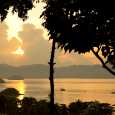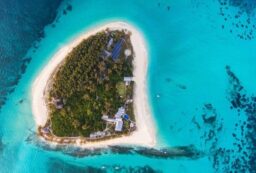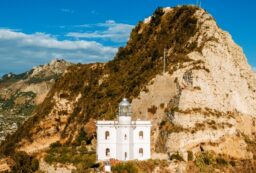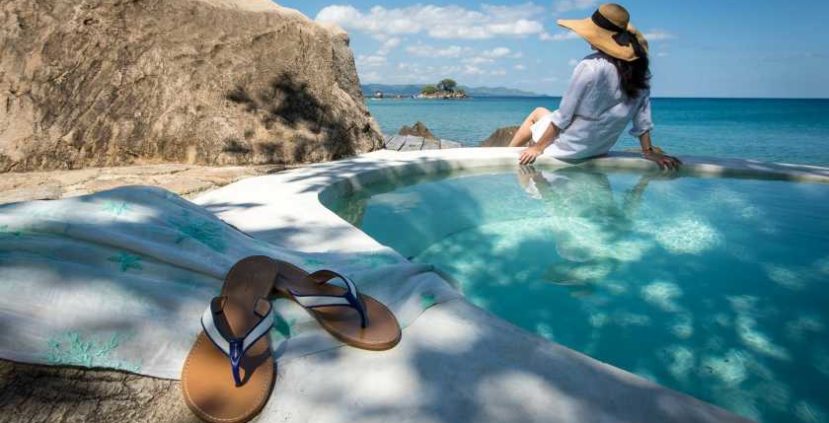
By Phil Clisby
So, you want to get away from it all? How does a luxurious beach lodge on a small island in the middle of Lake Malawi sound? Welcome to the serial award-winning Kaya Mawa on Likoma Island.

‘Kaya mawa’, incidentally, means ‘maybe tomorrow’ – the Malawian equivalent of ‘mañana’ – along the lines of I could leave the island today, but maybe I’ll go tomorrow (or the day after… or the day after that – it really is that type of place).
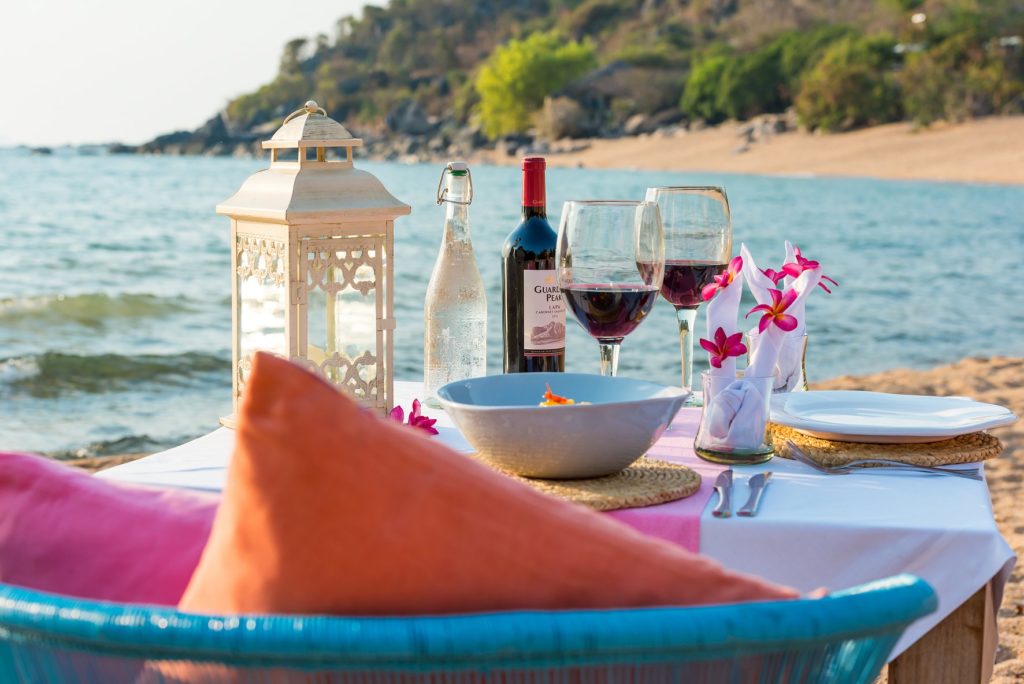
The bar and restaurant are right on the beach, but at the same time, set back, hidden among the trees. Sit on a barstool downing an ice-cold ‘Green’, chewing the fat with the barmen as you watch the sun dip into the sea, casting spectacular colours onto the glass-like water and across the cloudless sky; or relax on the mass of cushions that adorn comfy sofas on the deck, enjoying a sundowner before taking your seat for dinner. Naturally, fish is the order of the day – chambo being the local specialty – along with homegrown organic vegetables, handpicked herbs and well-sourced meats.

Designed for the grown-up backpacker generation – those that want to relive their travelling days but now with their family in tow – but in considerably more comfort than they were previously accustomed.
"In a style that the lodge’s owner calls “rustic chic”, each of its 11 chalets are unique, using the natural habitat as a design feature."
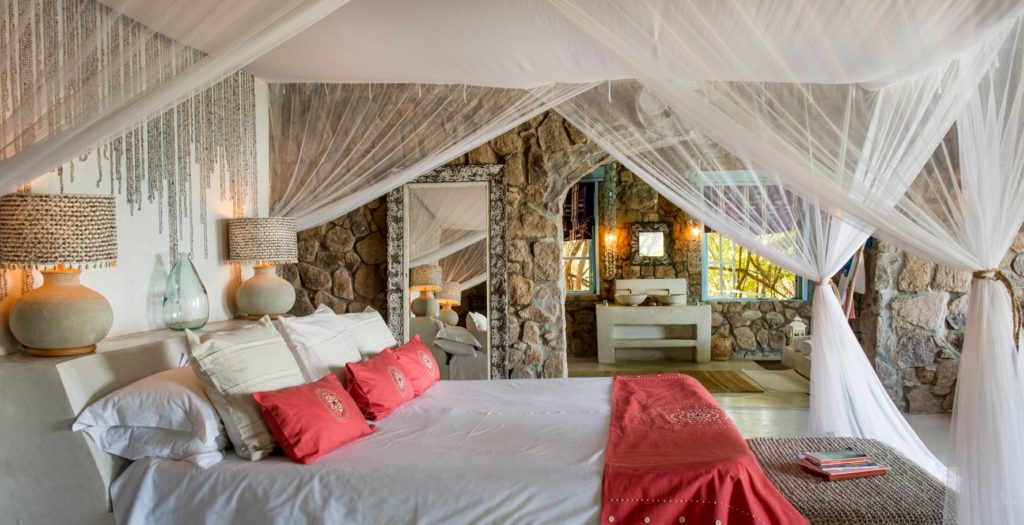
In a style that the lodge’s owner calls “rustic chic”, each of its 11 chalets/rooms/houses (however you want to describe your palatial residence) is unique, using the natural habitat as a design feature. Each delivers stunning views across the lake and easy access to the water. Private decks and open-air bathrooms add to the sense of occasion.

Premium rooms also come with a plunge pool. There is even one built on its own island, accessible only via a wooden jetty. At the other end of the sand two-roomed houses, nestled into the back of the beach, are perfect for families or larger groups.
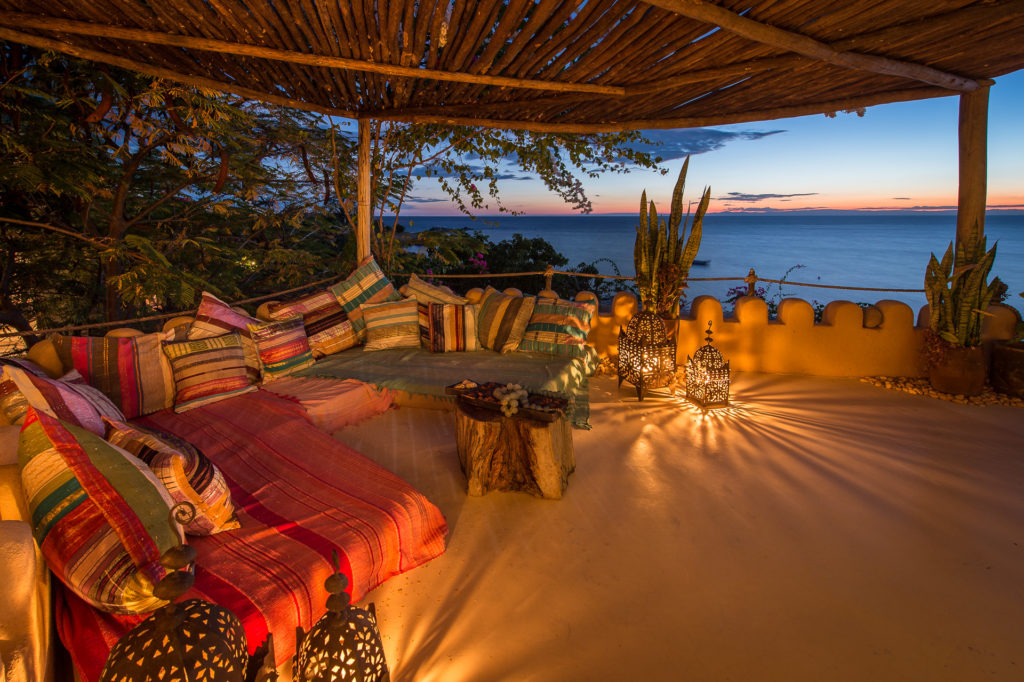
For those wanting complete privacy, the fully staffed, four-bedroom Ndomo House – complete with three terraces, outside dining and barbeque area, swimming pool and a secluded, private beach – is a secret worth tapping into.
Snorkels, flippers and masks, paddleboards, kayaks and sailing boats are all provided for free – with more than 1,000 fish in the lake, and mountainous rock formations under the surface, it’s a snorkellers dream. In addition, you can try your hand at kite surfing, diving, water skiing and fishing, or take an exploratory boat trip around the island.
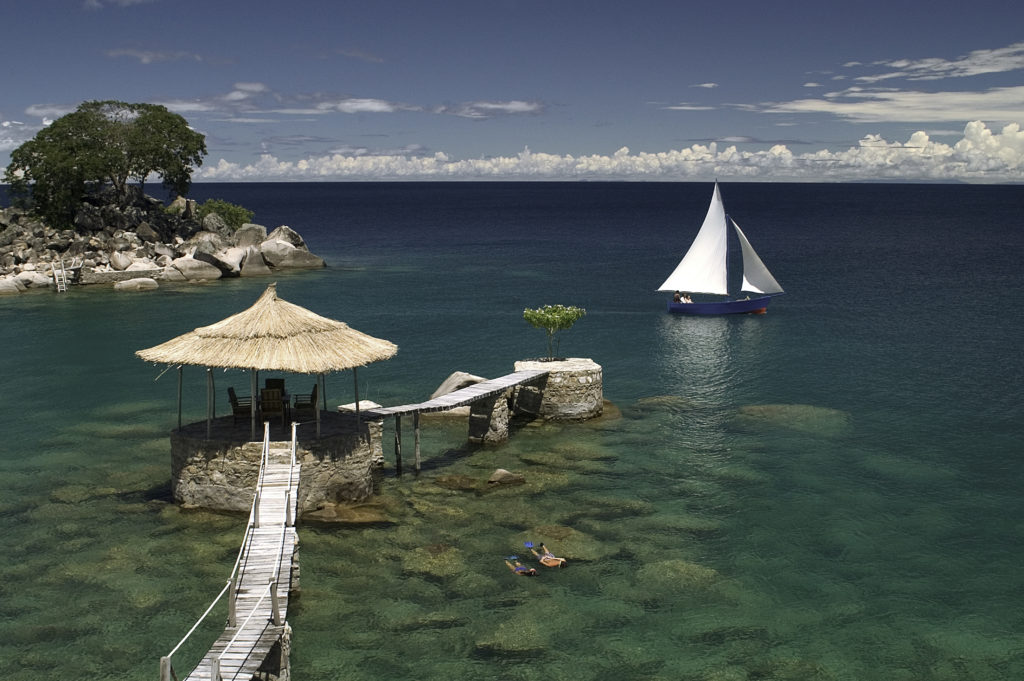
If you fancy a change from the water, a few minutes walk up to the cliff top overlooking the bay affords sumptuous views over the beach, lake and the lodge itself. You can also explore the island on foot, mountain bike, and quad bike or by car. Oh, and there’s a spa on a small rock island just off shore. You can even get married here.
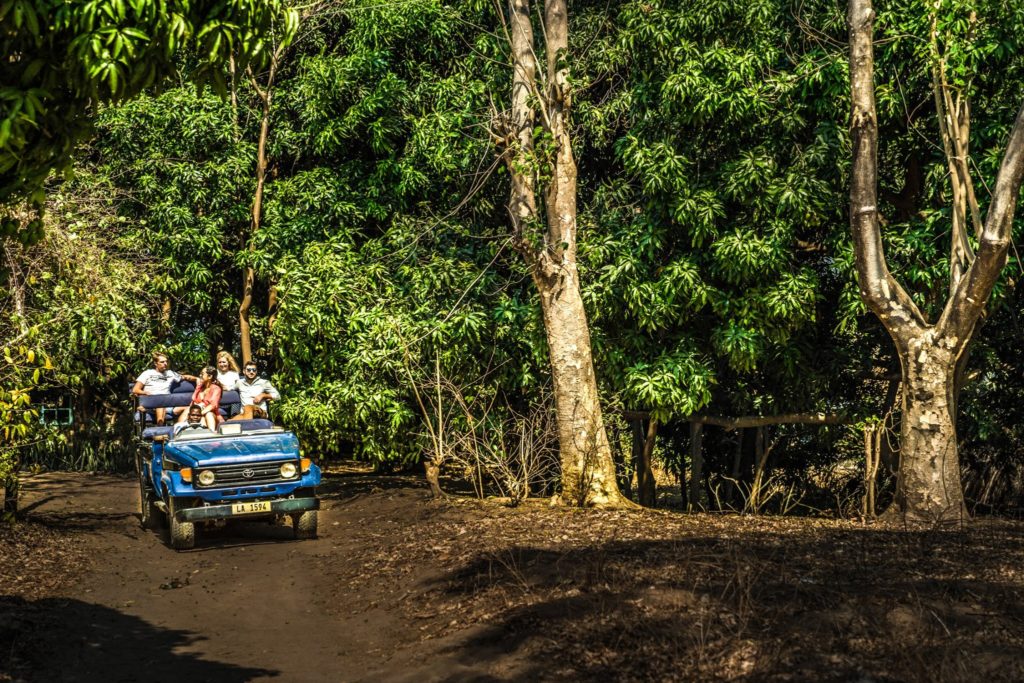
Likoma remains relatively untouched since its ‘discovery’ by Scottish missionaries in the 1800s. Measuring just 17 square kilometres, the island has very few vehicles (just 15 at the last count) and is littered with huge baobabs. Despite the island’s small size, its cathedral is one of the largest in Africa is well worth a visit.
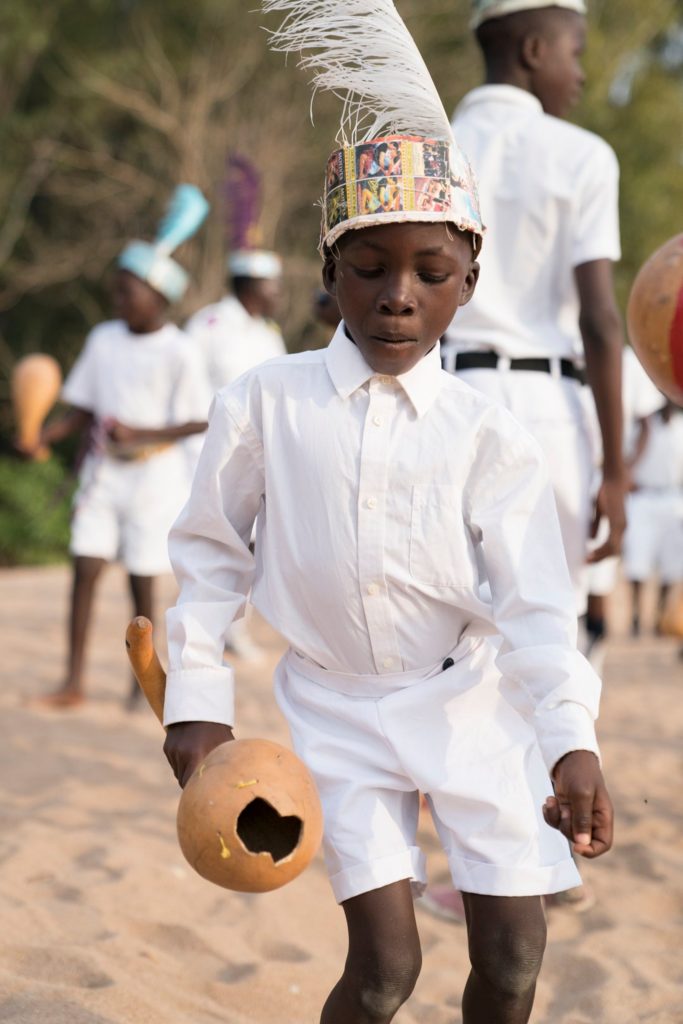
The lodge is actively involved in the community, engaging in multiple initiatives to limit its own footprint and to enhance island life. One such project is the Katundu creative trade workshop. The now 25-plus-strong group of local artisans creating an eclectic mix of goods fashioned mainly from recycled materials.
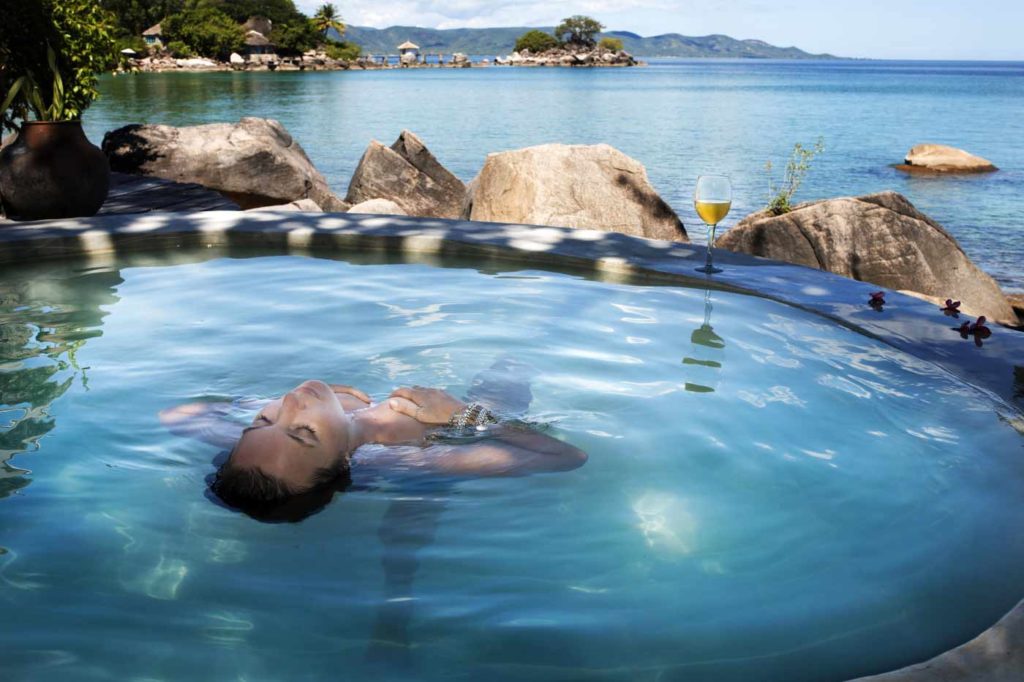
Likoma is accessible by air from the capital Lilongwe – a scenic hour’s flight, followed by a 20-minute transfer to Kaya Mawa. Alternatively hop aboard the weekly ferry – the converted steamer, Ilala; it’s a 24-hour ride from Chipoka or Nkhotakota. There are a few stops along the route, but it’s a great way to experience Malawian life.

